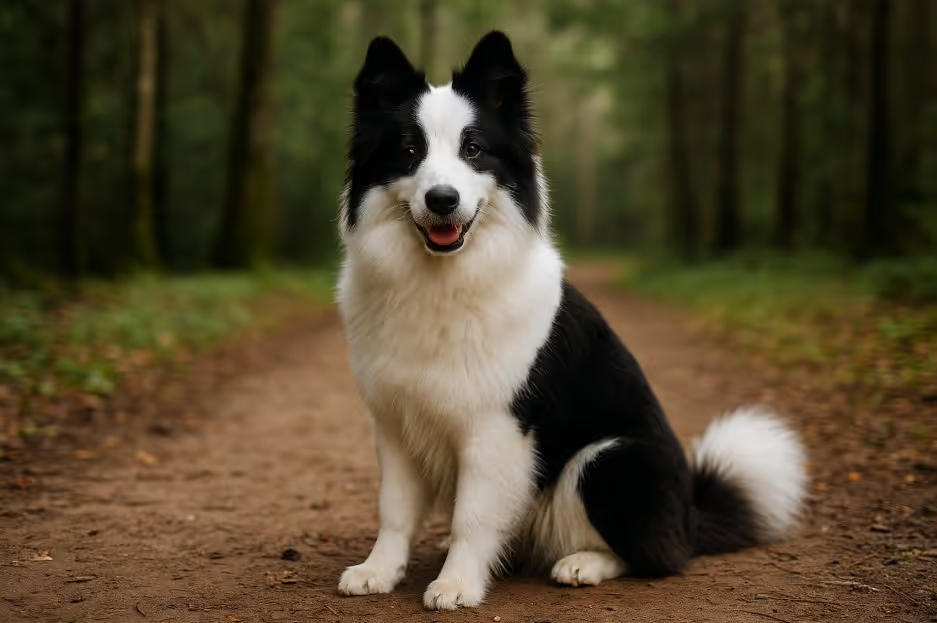The Yakutian Laika is a versatile, intelligent, and affectionate working spitz breed from Siberia, known for its striking coat, endurance, and strong bond with humans. Traditionally used for sledding, hunting, and herding reindeer, this hardy breed is loyal, adaptable, and thrives in active households that can meet its physical and mental needs. With a friendly disposition and a natural love for family life, the Yakutian Laika is both a capable working partner and a loving companion.

Originating in the Sakha (Yakutia) Republic of Siberia, the Yakutian Laika has been a trusted companion of the Yakut people for centuries. Developed as an all-purpose working dog, the breed was valued for pulling sleds, hunting game, and herding reindeer in harsh Arctic conditions. Their thick coat and hardy constitution allowed them to work in extreme cold, while their strong bond with humans made them essential to daily life. The breed nearly disappeared in the 20th century but was revived through dedicated preservation efforts in Russia. Today, the Yakutian Laika is gaining recognition worldwide for its beauty, versatility, and affectionate temperament.
A medium-to-large, well-proportioned spitz with a thick double coat and a curled tail.
Their coat is self-cleaning but requires regular maintenance.
An active and athletic breed that needs plenty of daily exercise.
Highly intelligent and eager to work, but with a touch of independence.
A balanced diet supports their active lifestyle and coat health.
Generally healthy but may be prone to some genetic conditions.
The Yakutian Laika is rare outside Russia, but breeders and enthusiasts are working to expand its presence.
Are Yakutian Laikas good family dogs?
Yes, they are affectionate, playful, and gentle with children.
Do Yakutian Laikas bark a lot?
They can be vocal as watchdogs or during play.
Do they get along with other pets?
Generally yes, especially when socialized early.
Do they shed heavily?
Yes, especially during seasonal coat changes.
Are they easy to train?
Yes, but require a confident, consistent handler.
Do they adapt to warm climates?
They can adapt, but care must be taken to avoid overheating.
How much exercise do they need?
At least 60–90 minutes daily of active exercise.